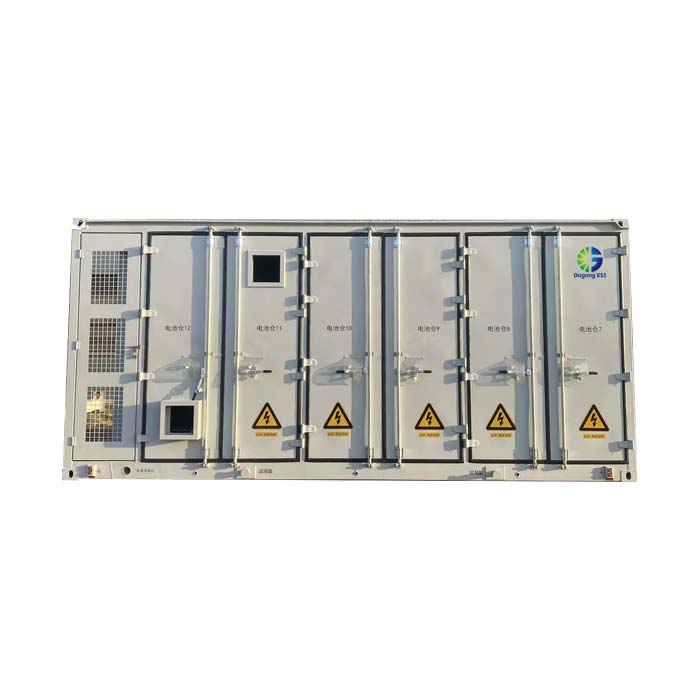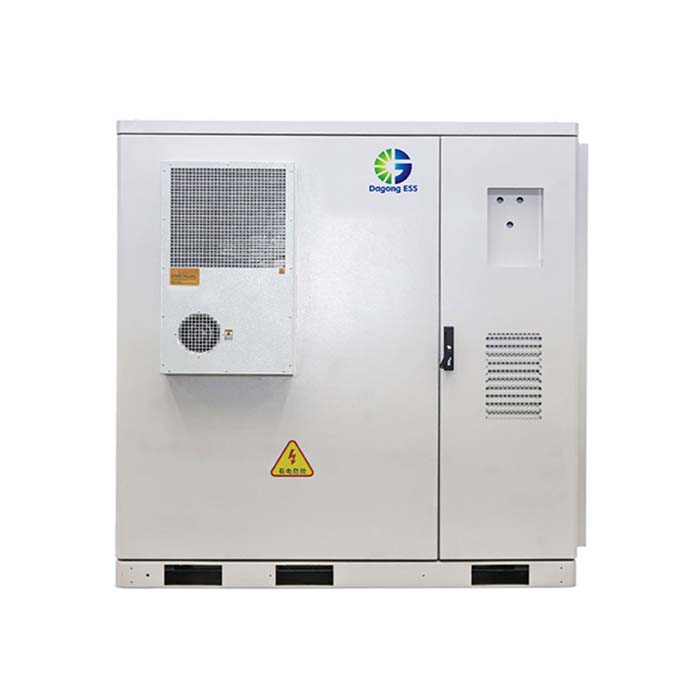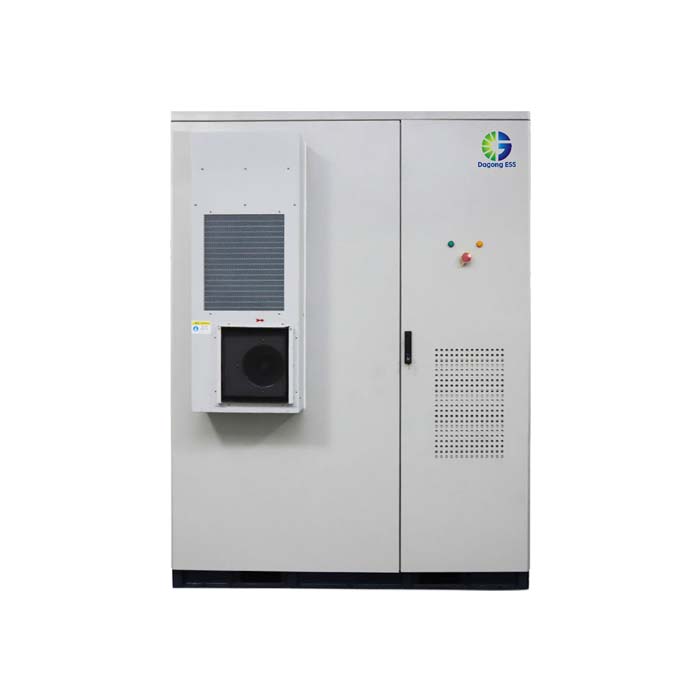How Is the Energy Storage Supply Chain Being Re-shaped for the Future?
What Is the Energy Storage Supply Chain and Why Is It Changing?
The global battery energy storage system (BESS) sector is currently undergoing a profound transformation. As deployment of large-scale ESS accelerates, the reliance on geographically concentrated manufacturing and raw material supply chains is being exposed. According to recent analysis, the drive to localize battery manufacturing and diversify technology types is redefining how the ESS supply chain is built.
Traditionally, many critical materials and manufacturing steps have been concentrated in a few countries, creating systemic risks when trade policies, tariffs or logistics disruptions arise. As the industry expands, resilience is now becoming as important as cost.
At the same time, component manufacturers and system integrators are adapting: investments in new plants, vertical integration of metal parts, and deeper localisation in manufacturing hubs are all visible. For example, a major electronics and supply-chain firm has announced a new Thailand manufacturing site for BESS enclosures, signalling a shift from pure cell manufacturing to full system value-chain localization.
Types of Supply Chain Re-shaping in ESS Manufacturing
In the context of battery energy storage systems, supply-chain transformation can be grouped into several inter-related types:
Onshoring/Nearshoring of System Assembly & Components
Rather than relying solely on overseas finished modules, many firms are relocating or expanding production closer to demand centres. For instance, the Thailand facility for BESS enclosures will serve the Asia-Pacific region with shorter lead times and reduced logistics risk.
Diversification of Battery Chemistries and Technologies
To reduce dependence on a single chemistry (e.g., nickel-cobalt-manganese) and raw-material bottlenecks, the industry is shifting toward alternatives like LFP (lithium-iron-phosphate), sodium-ion, and even vanadium flow systems. This adds flexibility in supply chain sourcing.
Localization of Critical Materials and Downstream Processing
Countries and companies are increasingly investing in refining, processing and manufacturing of battery-grade materials locally to reduce the risks of geopolitics, tariffs, and export bans.
Modular & Standardised Components for Faster Scaling
Within ESS systems, many components such as aluminium busbars, stainless-steel battery straps, heat-dissipation plates and module end plates are now being produced in standardised formats globally, enabling faster system build and better economies of scale.
Features of a Resilient ESS Supply Chain
A future-proof supply chain for energy storage must exhibit the following characteristics:
Geographically diversified production: Avoiding concentration in a single country or region.
Vertical integration of key components: For example, integrators producing both battery modules and structural parts (busbar, end plates, connection systems).
Technology flexibility: Capable of accommodating different battery chemistries (LFP, sodium-ion, flow batteries) and cooling methods (air-cooled vs liquid-cooled).
Modular and standardised design: Enabling rapid deployment and replacement, reducing custom-engineering lead times.
Strong logistics and supply chain visibility: Real-time tracking of parts, risk management for raw material sourcing, and redundant sourcing routes.
For system integrators such as Dagong ESS, these supply-chain features are vital: their modular systems (e.g., 100-144 kWh Air-Cooled ESS, 215-241 kWh Air-Cooled / Liquid-Cooled ESS, 3.35 MWh Liquid-Cooled ESS Container) depend on a reliable component ecosystem including thermal plates, stainless-steel straps, and busbars.
Applications: How Does Supply Chain Reshaping Impact ESS Deployments?
Commercial & Industrial (C&I) Applications
As C&I users demand faster deployment and local support, systems like 100–241 kWh air-cooled modules benefit from shorter lead-times enabled by localized component supply.
Utility-Scale & Container Solutions
Large capacity systems (e.g., 3.35 MWh, 5 MWh containers) rely heavily on a supply chain for structural frames, cooling systems, busbars and safety systems. Localization reduces shipping costs and custom compliance issues.
Export Projects & Global Markets
For countries in Southeast Asia, Africa, Middle East where local manufacturing is still nascent, having a flexible supply-chain that supports components like module heat-dissipation plates or busbars can enable better onboarding of ESS projects by OEMs like Dagong ESS.
Price of Supply-Chain Localised ESS Components
The price of ESS systems and components is influenced not only by capacity and chemistry but increasingly by supply-chain structure. Localizing production can reduce logistics, tariff and lead-time costs—but may increase labour or regulatory compliance costs.
Most suppliers issue custom quotations based on assembly location, component sourcing strategy, cooling system, and project timeline.
How to Select an ESS Supplier with a Future-Ready Supply Chain?
When selecting an ESS supplier or partner for your project, evaluate the following:
What portion of manufacturing is localized or near-shored?
Are key components (busbar, heat-dissipation plate, end plate) manufactured in stable jurisdictions?
Does the supplier support multiple battery chemistries (LFP, sodium-ion, flow) and cooling methods (air/liquid)?
What is the lead-time and how is risk managed for the supply chain?
Does the supplier have modular designs that simplify component substitution and scalability?
Dagong ESS's product line supports both air-cooled and liquid-cooled options, with a modular architecture and access to globally diversified component supply through their accessories (e.g., aluminum busbar, thermal plates, module end plates).
How Long Can a Supply-Chain-Optimised ESS Last?
A well-designed system with high-quality components and robust supply chain support can deliver:
8000+ cycles
15+ years of operational life
Because the supply chain is streamlined and parts are more readily available, maintenance, module replacement and up-scaling are easier and less costly.
The Supplier of Supply-Chain Ready ESS Systems
Today's best ESS suppliers are those who not only deliver the battery modules but also manage and integrate the entire supply chain—from busbars, module connection systems, heat-dissipation plates, to containerised solution frames.
Dagong ESS offers a full product range—from 5 kWh wall-mounted home systems to 5 MWh container systems—with component compatibility and manufacturing flexibility to serve global customers efficiently.
If you are interested in ESS solutions with a future-ready supply chain, please contact Dagong ESS,Email: sales@dagongess.com








